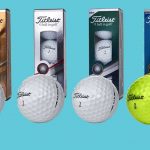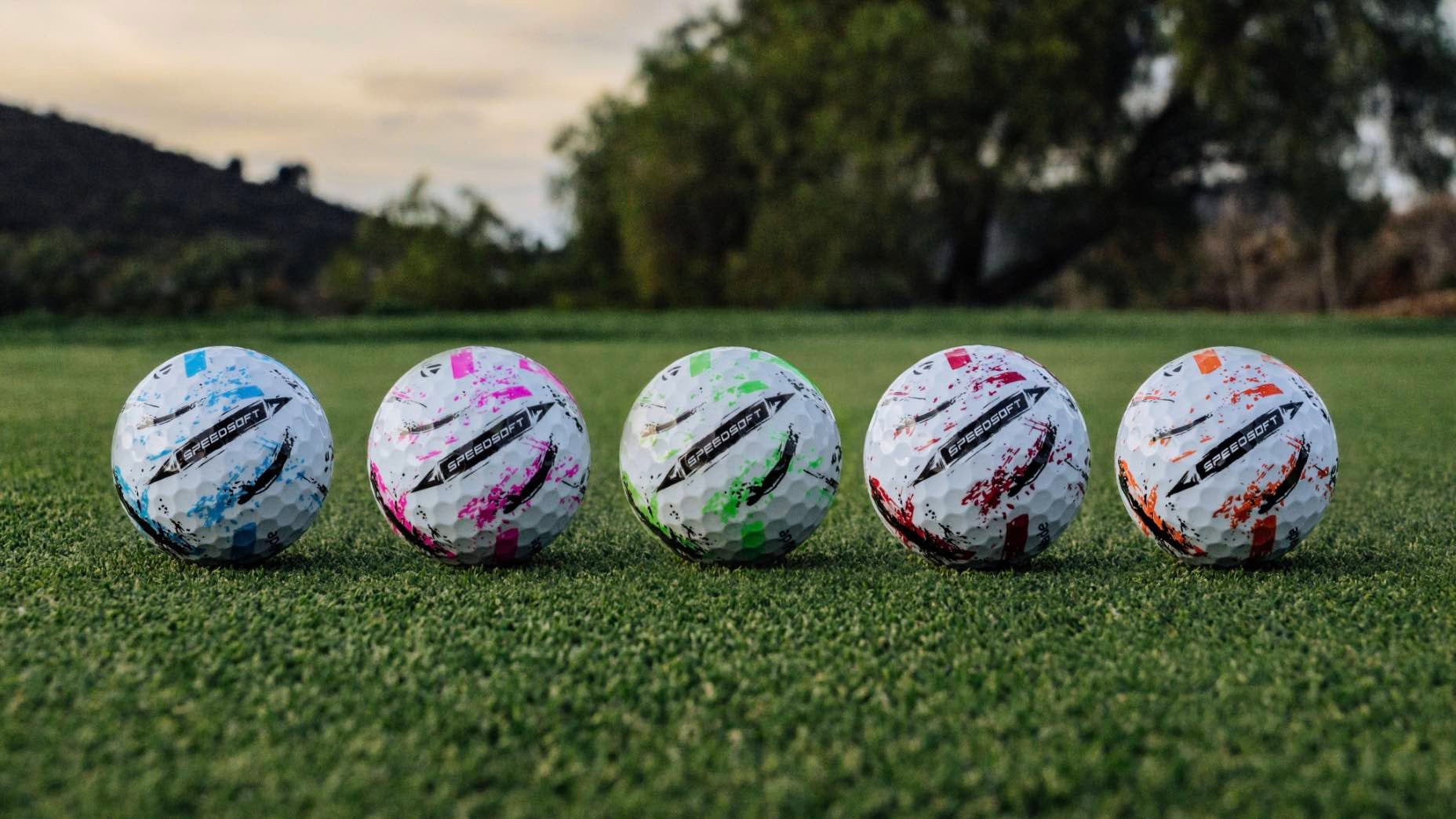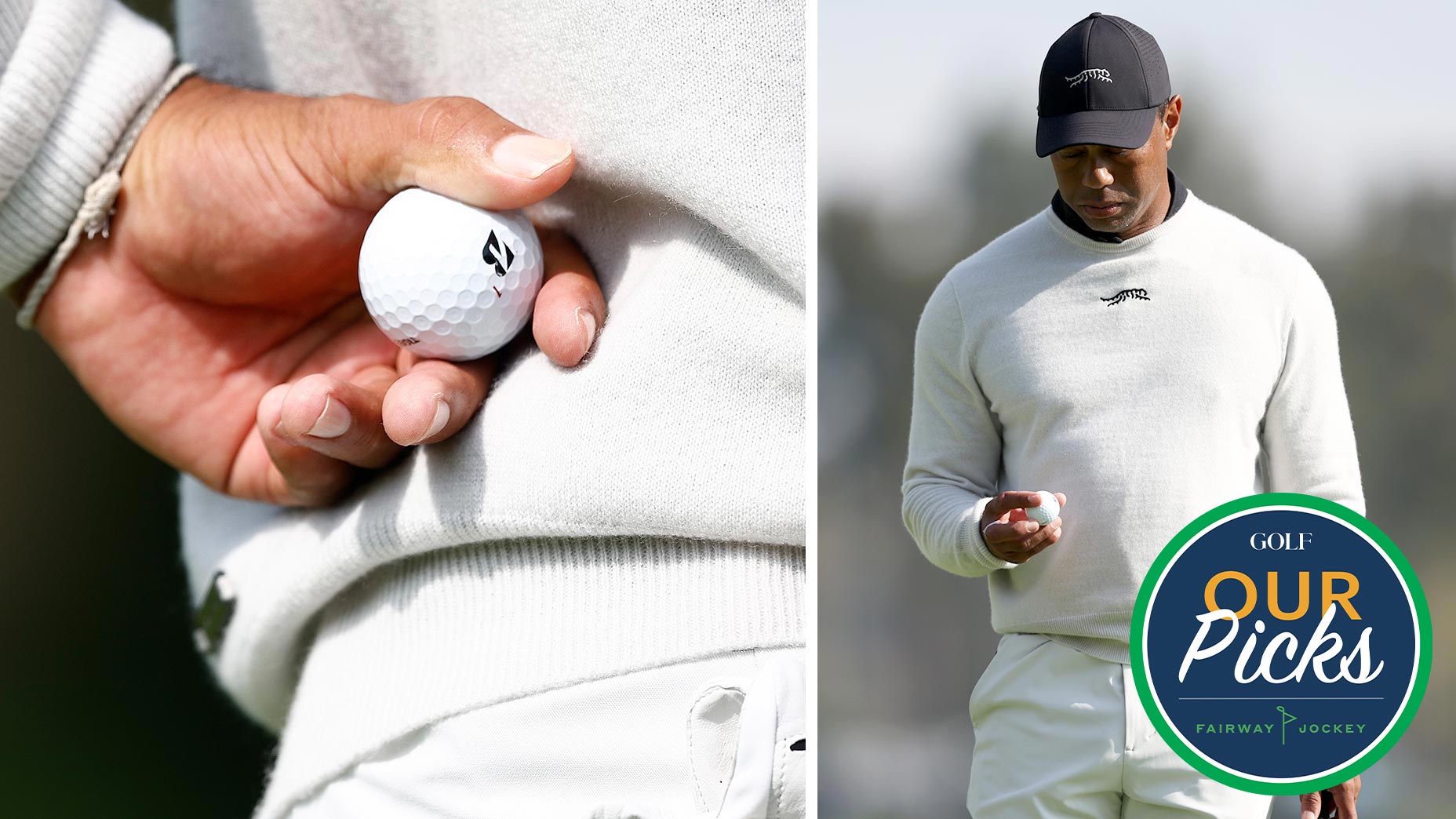Every golf ball manufacturer that makes a Tour model, meaning one with a urethane cover and multiple inner layers that provides low-spin distance off the tee and high levels of feel and short game spin, currently makes at least two models, a standard and an “X.” The differences between the two (Pro V1 and Pro V1X, Chrome Soft and Chrome Soft X, Z-Star and Z-Star XV, etc.) and how to choose the correct one for your game is something that has been misunderstood by a seemingly high percentage of golfers for as long as they’ve been manufactured.
The reason probably has to do with the “X” designation itself, which suggests it might go longer or have some extra magic than the standard model, or the general perception that the “X” is for better players or those who want to be better. Of course, none of this is necessarily the case as lots of Tour players, even some long hitters (Jimmy Walker, Adam Scott, Rickie Fowler at times, and others play standard Pro V1 on Tour instead of Pro V1x) play the standard Tour model rather than the “X.”
SCHEDULE A CUSTOM CLUB FITTING TODAY TO BUILD YOUR PERFECT SET
So what’s the deal and how do you know which is right for you? We tapped Jason Finley, Callaway’s global director, brand management, golf balls, to help explain – here’s what he had to say:
What are the basic differences between standard Tour balls, like Chrome Soft, and Tour balls with the “X” designation, like the Chrome Soft X?
In all cases the “X” balls have higher compression and provide a firmer feel than the standard Tour model. For faster swingers like Tour players (driver speeds of 110 mph or more), higher compression will often provide faster ball speed and distance than it would for a moderate or slower swinger. Basically a faster swing compresses the firmer ball more easily at impact and unlocks a bit more ball speed.
Is it just swing speed that determines if the “X” ball is right for a given player?
No. Feel plays a significant role as many players care more about how a ball performs on and around the greens than a few extra yards of distance. Also, the way a given player strikes the ball matters quite a bit. A player who hits the ball first every time and compresses it against the ground will typically get better results from a firmer “X” model, while those who struggle with ball striking often do better with a standard Tour model like the Chrome Soft.

Is it then fair to say that the lower compression choice actually offers more forgiveness for a less accomplished ballstriker, kind of like a game improvement iron versus a blade?
Yes, absolutely. A softer compression golf ball requires not only less speed but also less exacting contact to compress at impact and will provide more speed and distance on a miss hit. Also, many standard models spin a bit less than “X” models due to the lower compression and might go straighter on full shots.
Are all “X” models the same as they stack up in comparison to a given company’s standard Tour model?
No, not necessarily. In fact, the new version of the Chrome Soft X actually provides fairly similar performance to the standard Chrome Soft in terms of spin rates through the bag. The difference in our Tour models is mostly compression, which still affects distance and ball speed for faster swingers but is also largely about feel.

For the average player who’s trying to decide between a standard Tour model and an “X,” is there one key thing to consider or does it depend largely on swing speed and/or feel?
I’d say in the case of Chrome Soft and Chrome Soft X it’s largely about feel, but it’s a great idea to do some testing and see which works best for you. Some players know right away that they like a softer feel and won’t play the “X,” or vice versa. However, some like myself like to see the numbers on a launch monitor to confirm what’s happening.
In my case, I get about four more yards off the tee on average with the “X” and about four more yards off my irons with the standard Chrome Soft. And since I also like a softer feel the decision for me was easy – Chrome Soft. For other players, those same results might make their choice Chrome Soft X.
The other thing I’d strongly recommend for recreational players is being realistic about their practice habits and ball-striking ability. If you need extra help from your clubs (you play max game improvement gear), it might make sense to pick a more forgiving ball as well, which means the lower compression option.







